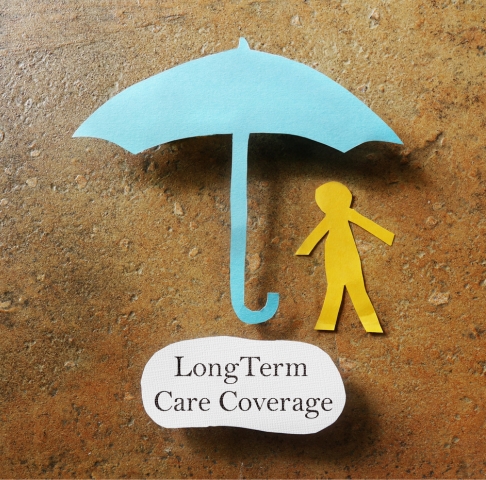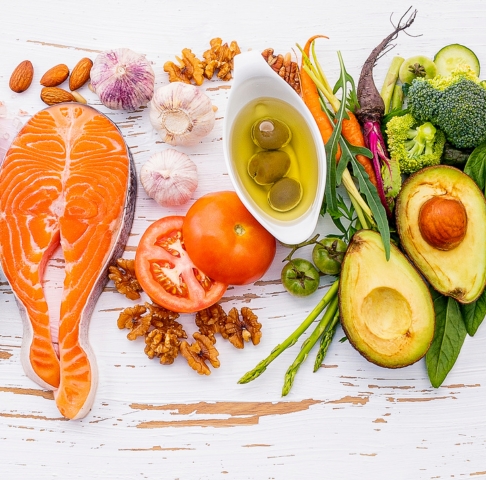This article was first published by Parkway Cancer Centre, a comprehensive and integrated premier cancer service centre that delivers patient-focused solutions, utmost care, comfort and compassion.
As cancer is a complex disease that affects individuals differently, claims that any one food or superfood can prevent cancer are often an oversimplification, explains senior dietitian at Parkway Cancer Centre, Gerard Wong.
In this article, he shares what you should really be paying attention to when it comes to food and cancer prevention.
Foods such as mangosteens and soursops are commonly associated with anti-inflammatory or anti-proliferative properties against diseases. However, there are limited studies on their benefits in cancer prevention.
While popular, these superfoods – that is, foods that are rich in nutrients and offer health benefits – should not be a diet replacement, and should instead be viewed as an additional means to reduce risk of disease and promote good health. As with any other foods, they should be consumed in moderation and accompanied with healthy dietary and lifestyle habits for overall better health, says Gerard, who addresses the needs of cancer patients through their cancer journey and conducts nutrition workshops both locally and overseas.
Obesity and cancer risk
We know that being overweight or obese is a risk factor to a variety of cancers. Rising obesity rates and declining physical activity levels in urban cities have become a cause of concern as these lifestyle changes coincide with rising risk of chronic diseases including cancer, heart disease, high blood pressure and Type 2 diabetes, to name a few.
This pattern is evident in Southeast Asia, which has seen upward trends of developed countries with a rising overweight population based on Body Mass Index (BMI) of above 27. Malaysia is high on the list at an average BMI of 44.2, followed by Thailand at 32.2 and Singapore at 30.2.
However, while it is important to stay within a healthy BMI range, body weight distribution has become equally important in determining one’s risk of chronic diseases. For instance, individuals with an “apple shaped” body with fat concentrated around the midriff are more at risk of chronic diseases compared to individuals with more evenly distributed body weight. One easy way to determine a healthy body weight measurement is to measure the waist circumference; Asian men and women with a waist circumference of under 90 cm and under 80 cm respectively fall within a healthy range of body weight distribution.
Maintaining a healthy weight
When it comes to maintaining a healthy weight, it is a fine balance between what goes “in” in terms of calories consumed, and what goes “out” in terms of physical activity and calories burnt.
However, when we talk about achieving weight loss towards a healthy BMI for cancer prevention, one way is to tip the energy balance by reducing energy-dense foods. This can be done by simply adding more fibre to your diet, reducing refined carbohydrates, and opting for leaner protein.
While physical activity is good for cardiovascular health, reducing the risk of disease and enhancing mental well-being, weight loss can only be achieved if we restrict calories in our diet and make more active lifestyle changes. This is especially as sedentary lifestyles become more common with modernisation and working from home becomes a norm for many.
Diet and cancer prevention
According to the World Cancer Research Fund, a third of the most common cancers can be prevented with a healthy lifestyle. Some of their recommendations for cancer prevention include:
- Maintaining a healthy weight
- Engaging in regular physical activity
- Reducing intake of energy-dense foods
- Increasing intake of plant foods
- Reducing intake of red meat
- Reducing alcohol intake
- Reducing salt intake
About 10% of bowel cancers can be prevented by eating no more than 500g (cooked weight) of red meat, and cutting out processed meat from your diet.
Reduced salt intake can also lower the risk of stomach cancer and high blood pressure. This can be done by choosing foods with lower sodium content, preparing food from scratch with spices and herbs for flavouring, and limiting the amount of salted snacks and processed foods eaten.
Take-home message
In summary, being overweight or obese is one of many risk factors for chronic diseases including cancer. The concept of maintaining energy balance through positive diet modifications and increased physical activity can go a long way in reducing one’s risk of disease.
There is no “good” or “bad” food; maintaining overall health involves gaining food knowledge, controlling portion size, as well as making healthier choices in your diet and positive lifestyle changes in the long-term. Big changes start with small steps, but these small steps will take you far on your journey to better health.








